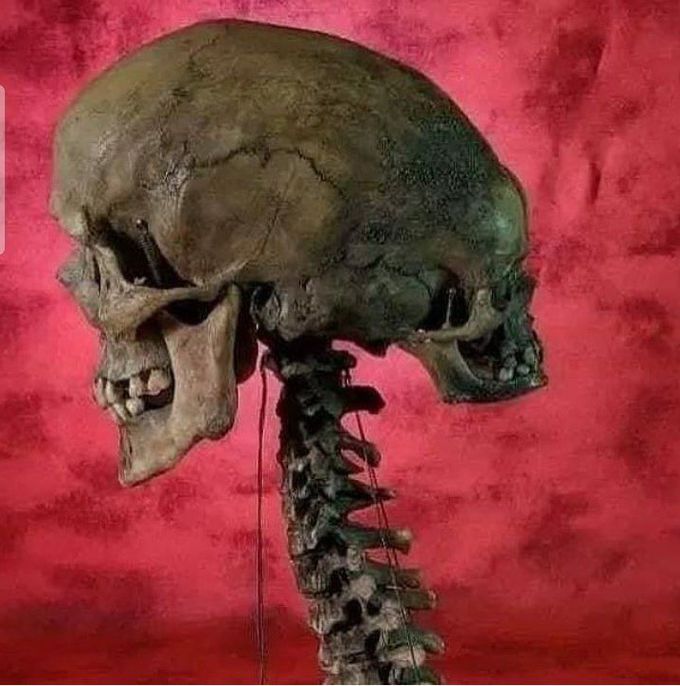


Craniopagus parasiticus
An extremely rare type of parasitic twinning occuring in about 2 to 3 of 5,000,000 births where a parasitic twin head with an undeveloped body is attached to the head of a developed twin
It's called parasitic because the secondary head can only sustain life while attached to the "complete" twin. This condition is hallmarked by a face, head, or head and bust section of a second baby being attached at the skull to a fully developed baby. Since the second baby usually lacks all organs (and usually also completely or partially lacks a brain), it cannot survive on its own. Once the supernumerary features are removed, they will not survive. That's what makes it "parasitic." A parasite is an organism that can only survive by attaching to another organism and living off of the host organism's energy supplies (usually blood). If the parasite is separated from a host, it will die, it is 100% unable to survive on its own. So yeah, that's the reason they are called a parasitic twin. Not because of any crazy sci-fi alien business or anything like that, but simply because the second twin cannot survive after being removed from the first.
☆Another hypothesis is that there is joining of the somatic and placental vascular system of the twins, as well as a degeneration of the umbilical cord of the parasitic twin. This suggests that craniopagus parasiticus develops due to the lack of blood supply to one of the twins. ☆parasitic means one depends on another ,, not that microbiological parasite
May be a congenital birth defect either during conception and moletical dna splicing of the DNA changes they may of been able too of separated at birth have they would of went extensive surgeries too separate body compartments and bone scans amniostesis is needed for paternity and maternal check for problems with amniotic fluid guided by ultrasound and surgical procedure that for many reasons are done too keep mom and baby healthy the fluid can also tell you if your having a boy or a girl


